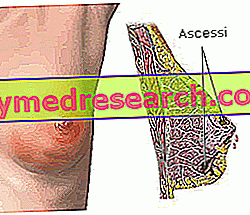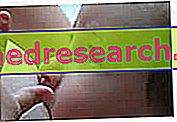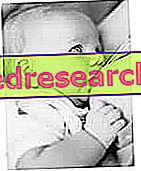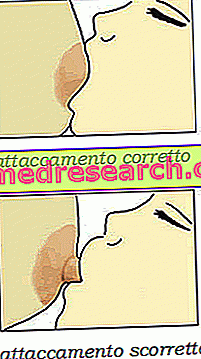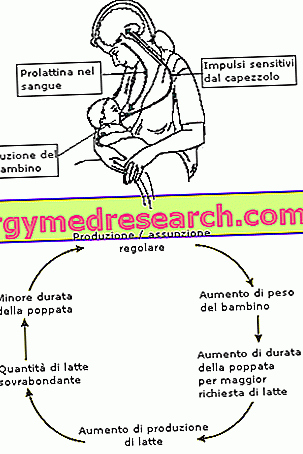Puerperal mastitis is an inflammatory process of infectious origin, which affects the breast during lactation or following its suspension. Although it affects a significant percentage of nurses (up to 10%), mastitis can first be prevented, but also cured without the need to suspend breastfeeding. Causes Puerperal mastitis is caused by the entry of germs into the galactophore ducts, small ducts that drain the milk up to the nipple
Category feeding time
Comparison between mother's milk and cow's milk One of the animal milks that comes closest to the human one is cow's milk. The comparison between the two types of milk is shown in the table: COMPONENTS HUMAN MILK (100 g) VACCINE MILK (100 g) Proteins in grams (g) 1.2 3.3 whey protein α-lactalbumin b-lactoglobulin lattotransferrina immunoglobulin casein 0.
The industry has also set up milks appropriately formulated for the following period, always replacing cow's milk, which are called follow-up or follow-up milks . These milks offer the opportunity to supply, after the 4-6 months of life, in succession to the adapted milk or in place of the breast milk, a formulated milk more responsive, compared to the vaccine, to the nutritional needs of the infant
The best food for the newborn Breast milk is the most recommendable food for the newborn, as it provides all the nutrients but above all contains them in the right proportions. This discourse is valid for all mammals; cow's milk will therefore be ideal for the needs of the calf but it will not be ideal for those of the newborn
Foods based on cereals and other foods intended for infants. For this product category the law establishes that: the quantity of cereals cannot be less than 25% of the final dry weight; the pesticide content must be less than 0.01 mg / kg; in agricultural products intended for early infancy the use of pesticides that have an assimilable daily intake of (ADI) greater than 5 µg / kg of body weight is prohibited; GMO content is tolerated up to one part per million (1 PPM); it is not possible to add salt, except as sodium salts with a technological function.
Weaning the child The term weaning (or weaning) indicates the gradual and progressive transition to the experience of taking solid and liquid foods in ways different from breast sucking. this requirement is linked to the progressive increase in the energy needs of the young organism, which also change in qualitative terms
Edited by Eugenio Ciuccetti, Obstetrician Importance of Breast Training After birth, the first crucial step to guarantee a healthy development for our child is certainly to ensure that he is breastfeeding correctly and continuously. Therefore, unless there are important and documented medical contraindications (for example breast cancer, HIV, TB etc
A characteristic sign of pregnancy is increased sensitivity and breast size. This change underlines how the maternal organism is preparing to supply the right nourishment to the unborn child. Increasing breast milk production seems an important milestone for many new mothers, given the widespread and often unjustified fear that the milk produced is not sufficient to cover the nutritional needs of the baby
Generality The capoparto is the first menstruation that appears after childbirth . This event frequently coincides with the end of the puerperium and, in women who do not breastfeed, usually occurs five or six weeks after the birth of the baby. On the other hand, mothers who are breast-feeding, the reappearance of menstruation is delayed for constitutional reasons or due to hormonal alterations still in progress
Generality Breast engorgement is a typical problem in the first days after birth. It is characterized by the stagnation of milk in the udder, which appears tense, edematous and shiny, sometimes reddened and painful, however unable to emit significant quantities of milk. Main causes of breast engorgement: Excessive milk production
Generality Breast milk, produced and secreted by the mammary glands, is essential to ensure the right nourishment for the newborn. Already during the last trimester of pregnancy, several pregnant women notice that from their breast, by squeezing, a watery and yellowish liquid comes out. This is colostrum, the first milk that the baby will drink in the course of life; a milk that is relatively low in fat and sugar, but particularly rich in mineral salts and gamma globulins (antibodies), which once absorbed in the intestine will guarantee the child a certain immunity from disease, at least until

